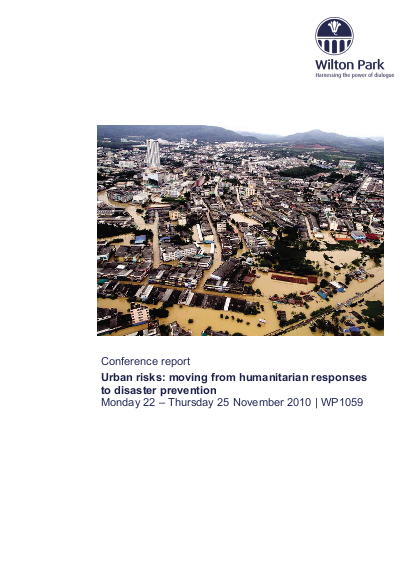
For many decades, humanitarian policymakers and practitioners have focused primarily on rural emergencies and disasters. Since the early 1990s, however, the manifestations and understanding of humanitarian crises have changed. The world is rapidly becoming more urbanised with over half of the population living in urban areas; of these, one in three people live in precarious conditions. The nature and rapid growth of urban areas make them particularly vulnerable to both man-made and natural disasters. This explosive growth also engenders new risks, vulnerabilities and potential humanitarian crises. As a result, humanitarian actors and agencies are increasingly directing their attention to cities and towns in the global south and pursuing urban policy initiatives.
Experience has shown that emergency planning should take account of the capacity and resources of all potential actors on a local, regional, national and international level and involving both civilian and military. The most effective frameworks take a holistic approach spanning disaster prevention, emergency relief, rehabilitation and development as well as post-disaster action.
Links
Resource collections
- Evaluating humanitarian action
- UN Habitat - Urban Response Collection
- Urban Response - Urban Crisis Preparedness and Risk Reduction
- Urban Response Collection - Community Engagement and Social Cohesion
- Urban Response Collection - Economic Recovery
- Urban Response Collection - Environment and Climate Change
- Urban Response Collection - Housing, Land and Property
- Urban Response Collection - Urban Crisis Response, Recovery and Reconstruction
- Urban Response Collection - Urban Resilience
